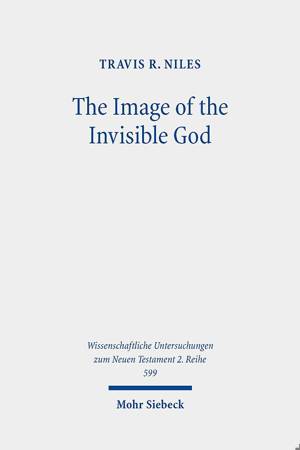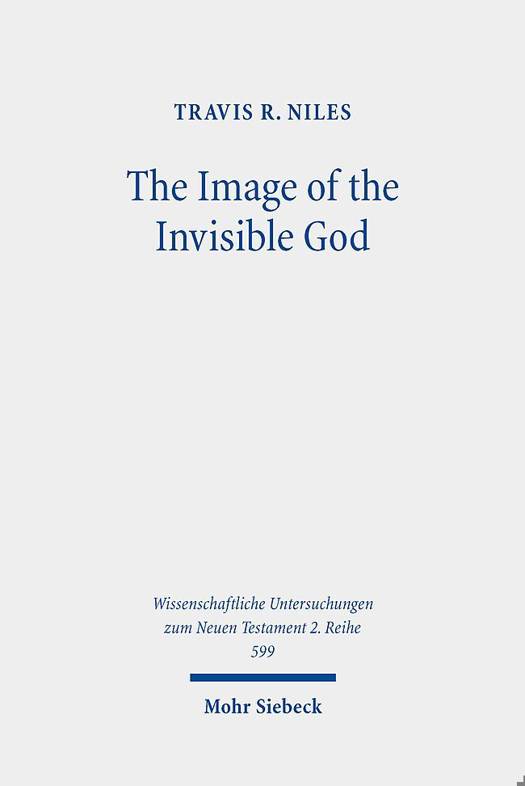
- Afhalen na 1 uur in een winkel met voorraad
- Gratis thuislevering in België vanaf € 30
- Ruim aanbod met 7 miljoen producten
- Afhalen na 1 uur in een winkel met voorraad
- Gratis thuislevering in België vanaf € 30
- Ruim aanbod met 7 miljoen producten
Zoeken
The Image of the Invisible God
An Exegetical Study of Colossians 1:15-20
Travis R Niles
Paperback | Engels | Wissenschaftliche Untersuchungen zum Neuen Testament 2. Reihe | WUNT II | nr. 599
€ 93,95
+ 187 punten
Omschrijving
Given the human propensity for making and using various kinds of images, it is little surprise that religious-philosophical authors from various ancient cultures used the concept of an "image" when speaking of the divine. What does the author of Colossians mean to convey by calling Jesus Christ the "image of the invisible God"? Through an examination of various image discourses and a detailed exegetical study of Colossians 1:15-20, T.R. Niles situates the image concept of Colossians within the image discourse of the first century A.D. and elucidates its specific contours.
Specificaties
Betrokkenen
- Auteur(s):
- Uitgeverij:
Inhoud
- Aantal bladzijden:
- 330
- Taal:
- Engels
- Reeks:
- Reeksnummer:
- nr. 599
Eigenschappen
- Productcode (EAN):
- 9783161614736
- Verschijningsdatum:
- 1/09/2023
- Uitvoering:
- Paperback
- Formaat:
- Trade paperback (VS)
- Afmetingen:
- 154 mm x 230 mm
- Gewicht:
- 544 g

Alleen bij Standaard Boekhandel
+ 187 punten op je klantenkaart van Standaard Boekhandel
Beoordelingen
We publiceren alleen reviews die voldoen aan de voorwaarden voor reviews. Bekijk onze voorwaarden voor reviews.











